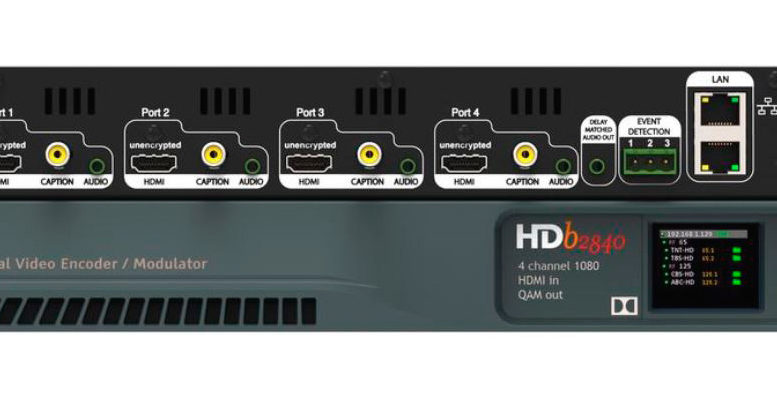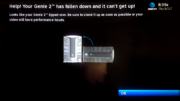This is one of the most common requests people have. If you’ve been a home theater fan for a long time, you remember being able to distribute programs to other parts of your home inexpensively using coaxial cable. Today, that’s harder to do, and it’s left people asking if it’s even possible.
Yes, it’s possible…
It’s possible, if you spend enough. But seriously, we’re talking coin here. A typical device like the one above will set you back about $5,000. There are less expensive ones out there but it’s rare to find one for less than $1,000. That’s quite a steep jump from the old-school parts which sell for under $30.
Let’s take a step back
If you’ve been plugging around long enough you probably remember a device called an RF modulator. They’re still sold, and they’re really inexpensive. The goal of an RF modulator is to convert the old-style standard definition RCA cables to a single coax cable. You connect the coax to your TV’s antenna input and tune to channel 3. So why can’t you do that with HD?
Well you can but…
…as I said it’s ridiculously expensive. Why? Because digital signals are copy protected and even the ones that aren’t use constant back-and-forth communication to make sure you’re not pirating the signal. In order to legally defeat these methods, the people who make HD modulators (which are just like the old-school RF modulators but for HD) pay a lot of money in licensing and a lot of that goes back into the pockets of content providers like Disney and Sony. You see, those companies are so afraid of perfect digital copies getting out in the world that they managed to make it practically illegal to make digital copies even for your own fair use. They charge so much that no one would do it in their own homes.
What about a non-modulated signal?
A modulator takes a regular old video signal (referred to by those in the know as “baseband” video) and adjusts it so it can be tuned by a television. What if you didn’t want to tune it? Would that be cheaper?
Oh if it were only so easy. Most folks do think that HD requires a lot of different wires to work, because they see all the little wires in HDMI cables, but there’s a standard for unencrypted, full-quality HD called HD-SDI. HD-SDI uses a coaxial cable to send the best-quality uncompressed signal possible from point to point. The problem is that it’s even more expensive to convert HDMI to HD-SDI than it is to run it through a modulator. First you strip off the copy protection legally and then start streaming the uncompressed data.
And man, if you thought broadcasters were afraid of modulated video, you have no idea how terrified they are of HD-SDI. They’re so afraid that pristine quality unencrypted video will get out there that they practically deny its existence. You won’t find SDI connectors on any consumer-level equipment — not ANY of it — and you won’t find any HD-SDI equipment outside broadcast studios and high-end commercial setups. Even when people absolutely have the right to send unencrypted video from point to point, they won’t find SDI equipment there — it’s too expensive. Seriously, I’m not kidding.
So what can you do instead?
If you want to get HD video from place to place using a single cable, you’re best off using HDBase-T, which puts the HD signal on common category 5 cable, the same kind used by computers. The kits that do it aren’t really cheap, but they’re not ridiculously expensive either and you can get over 100 feet between runs, even longer in some cases. Best of all, the copy-protection police won’t come bother you.
Here’s the one thing you can count on. If you want the best in consumer electronics, you’ll find it when you shop at Solid Signal. We’ll always give you the best possible price. Yes, sometimes that might be a little high but we try to beat everyone else.




